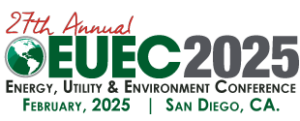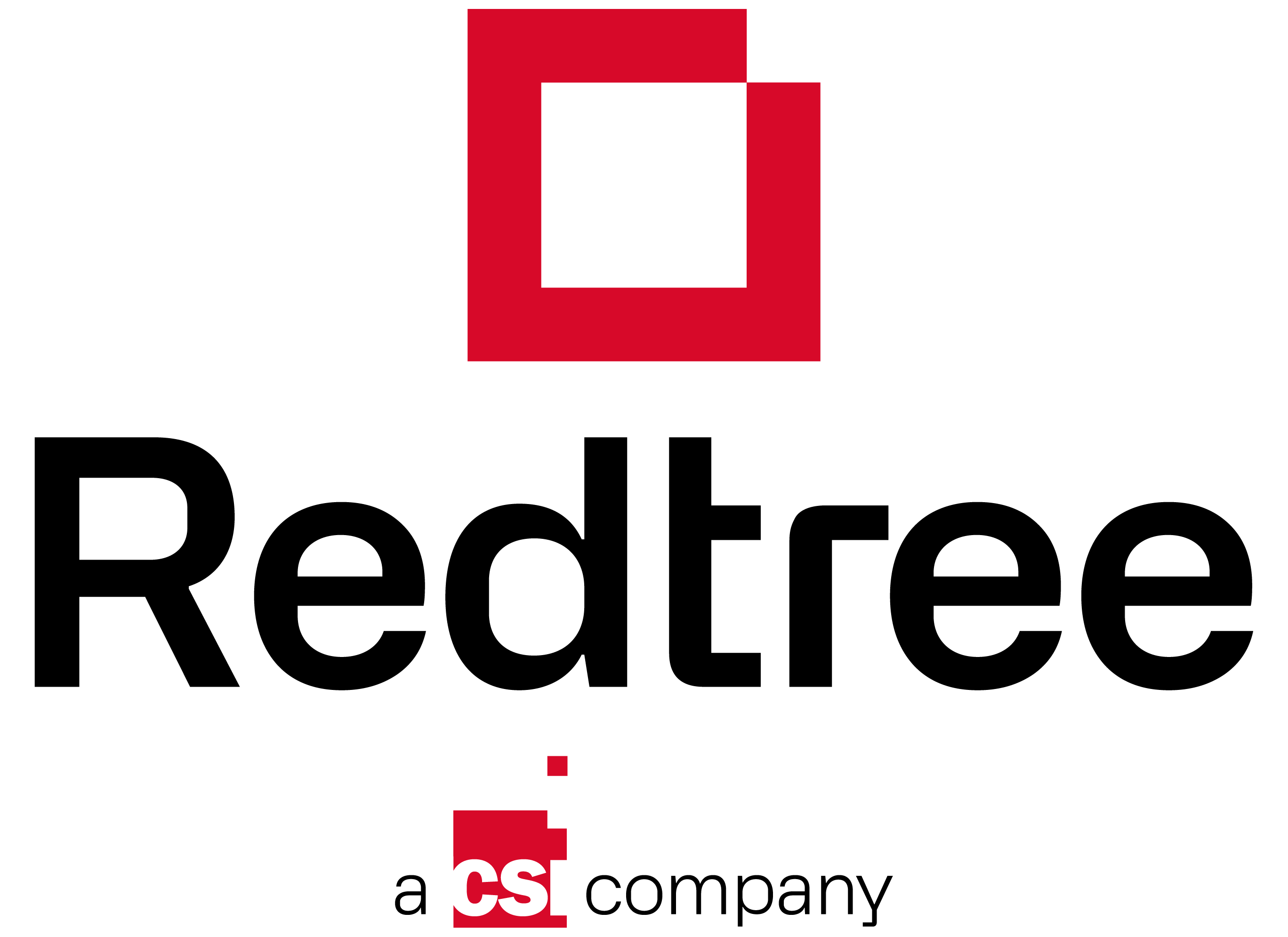POWER GEN, OIL & GAS, PUMPS, TURBINES, COMPRESSORS, PETROCHEMICAL, O&M
Confirmed & Invited Speakers | TRACKS C
This track provides presentations on advanced turbo machinery, pumps, turbines, compressors applications for oil and gas, petrochemical, power generation, transmission, distribution, operations, maintenance, manufacturing and repairs.
Advisory Board











